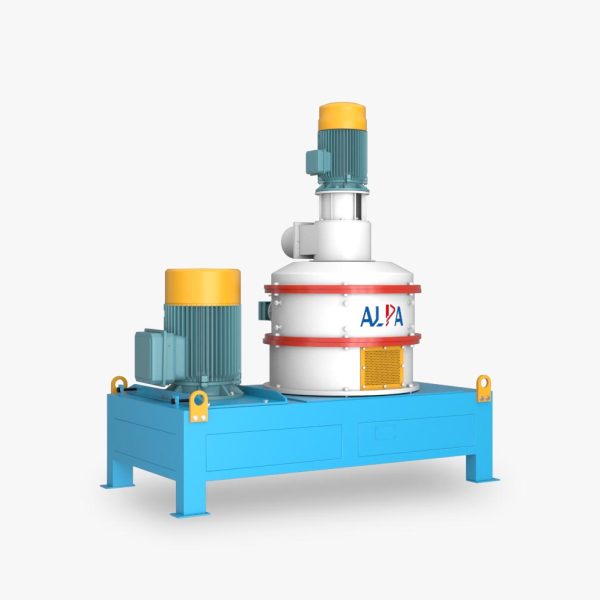Jet mill classifier is the key to the production of ultra-fine powder, because the particle size of the product is controlled by the classifier, it is very important to measure the quality of the air classifier in addition to its cutting particle size. If the efficiency of the jet mill classifier is high, the quality of the classified product will be good, the energy consumption of the grinding operation will be greatly reduced, and the processing capacity will be significantly improved.
The jet mill classifier is a kind of equipment that uses the centrifugal force of the impeller rotation and the resistance generated by the airflow to classify the materials. The seal between the rotating cage rotor and the stationary casing is an important part of the structure of the vortex air classifier, and the failure of the seal is an important reason for the roughness of the product or the inclusion of some coarse particles in the finished product.
The sealing method of jet mill classifier:
(1) Airflow seal
Generally, the high-speed rotation of the classifier wheel in the ordinary turbo classifier prevents the particles from rising to the top of the classifier wheel, which can theoretically achieve the sealing effect. Domestic horizontal classifiers also use airflow sealing, but the leakage of large particles in the classifier wheel cannot be strictly controlled, and due to wear, air consumption gradually increases with time.
(2) Mechanical seal
Mechanical seals can be divided into concave-convex inlaid seals, adjustable gap seals and labyrinth seals.
The main principle of labyrinth seal is to ensure the sealing effect by controlling the sealing gap. However, because the gap always exists, some coarse or even millimeter-scale particles are directly mixed into the finished product without being sorted by the rotor. Therefore, the sealing effect of the mechanical labyrinth seal in the superfine classifier is not good.
The differential pressure air classifier adopts the differential pressure air seal structure, which has the characteristics of high classification accuracy, energy saving and low production cost. It has been widely used in the classification and purification process of Shishi, feldspar, mica, kaolin and magnesium oxide.

